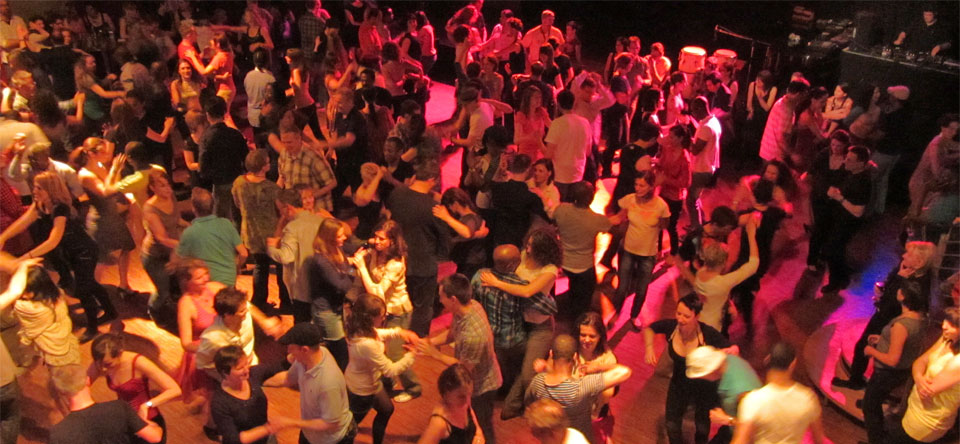Top Guidelines Of Dance Fridays
Wiki Article
Not known Incorrect Statements About Dance Fridays
Table of ContentsSome Known Details About Dance Fridays Dance Fridays Can Be Fun For AnyoneIndicators on Dance Fridays You Need To KnowWhat Does Dance Fridays Do?
Dancing form Salsa training in Ecuador Salsa is a Latin dancing, related to the music style of the very same name, which was first popularized in the United States in the 1960s in New York City. Salsa is a mix of Cuban dances, such as mambo, pachanga, and rumba, in addition to American dancings such as swing and tap. As American dances such as swing and faucet.
The fundamental Salsa dance rhythm is composed of taking 3 actions for every four beats of songs. Salsa professional dancers can likewise damage apart to dance solo, recognized as "sparkles". The 2 main designs of salsa are linear and circular.

The Only Guide to Dance Fridays
Salsa dancing is a worldwide dance that can be located in a lot of municipal cities worldwide - https://www.intensedebate.com/people/salsacrazysf1. Events are held every year, frequently called a Salsa Congress, in various host cities aimed to bring in a variety of salsa dancers from other cities and nations - salsa crazy. The events bring professional dancers together to share their passion for the dance, build area, and share moves and tipsVideo showing salsa dance principles Over the years, many different designs of salsa dance have evolved around the globe. Incorporating other dancing styling strategies into salsa dance has also ended up being typical, with professional dancers of one style including styles and motions of others to create brand-new blends of dancing styles.

Among the most prominent figures in New York style salsa is Eddie Torres - salsa crazy (known as "the Mambo King"), that is credited with aiding to define the on 2 salsa timing (based upon mambo) and assisting to popularize it by teaching it in dance workshops in New York and with very early instructional you can try here tapes
The Greatest Guide To Dance Fridays
LA design salsa is danced in a line or "port" with professional dancers exchanging settings throughout the dancing, unlike Cuban salsa which is danced in an extra round style.In this pattern, the leader progressions on 1, steps to the precisely 2-3 while turning 90 degrees counter-clockwise (encountering to the left), leaving the slot open. https://parkbench.com/directory/salsacrazysf1. The follower after that tips easy on 5-6 and activates 78, while the leader makes one more 90 degrees counter-clockwise and a little forward, coming back right into the port
The "Vazquez Brothers" (Luis Vazquez, Francisco Vazquez, and Johnny Vazquez) are credited for the very early development and development of LA Design. Luiz Vazquez was the co-founder of Los Angeles's very first salsa dancing team, Salsa Brava.
In Cuba, a popular dance known as Casino was marketed as Cuban-style salsa or Salsa Cubana abroad to identify it from other salsa designs when the name was promoted internationally in the 1970s.
Not known Details About Dance Fridays
The name Gambling enterprise is originated from the Spanish term for the casino, "Casino sites Deportivos" where much social dancing was done amongst the better-off, white Cubans during the mid-20th century and forward. Historically, Gambling establishment traces its origin as a companion dance from Cuban Boy, Cha Cha Cha, Danzn and Guaracha.This indicates that no step is taken on the first and fifth beats in each clave pattern and the 4th and 8th beat are highlighted. In this method, instead of complying with a beat, the professional dancers themselves contribute in their motion, to the polyrhythmic pattern of the songs. At the exact same time, it is frequently danced "a tiempo", although both "on3" (originally) and "on1" (nowadays).
Report this wiki page